Zohran Mamdani, the 34-year-old Democratic Socialist, created history after he became the first Indian, Muslim and the youngest person to win the New York City mayoral elections. “The future is in our hands,” Mamdani declared to roaring applause Tuesday night at a victory celebration in Brooklyn. “My friends, tonight we have toppled a political dynasty.”
The Ugandan-born assemblyman defeated former New York Governor Andrew Cuomo, who ran as an Independent after Mamdani bagged the Democratic Party ticket. While Mamdani’s policies are for working-class New Yorkers, his victory also reflects the rise of the South Asian voter base, not only in New York but across the country.
Despite a strong voter base, before Mamdani won, the South Asian electorate in the United States remained divided. In the last two decades, more than 20 South Asian Democratic candidates have unsuccessfully run for office. Not only this, but a few politicians from both parties have tried to meaningfully engage with the South Asian voters. Hence, Mamdani’s win reflected the power the group holds in the United States when it votes in unity.
Rise in the South Asian voter base in New York City
It is important to note that the South Asian community represents only a small share of voters, which, as mentioned earlier, has remained largely divided between the two parties in the past. There are roughly 450,000 South Asians in New York City, about 5 per cent of the population.
The South Asians in NYC made up a smaller share of the electorate than other ethnic constituencies. However, that’s only because a large section of the community is noncitizens or those too young to vote. Hence, the share will bound to rise.
The South Asian community has been growing rapidly, including the Bangladeshi population, which has nearly tripled in the last decade. Mamdani also received a major boost from thousands of voters registered for the first time this election cycle.
It was believed that Mamdani’s victory mostly relied on a young, white voting base. However, his support among South Asians underscores how his campaign’s grass-roots outreach and longstanding relationships in these communities have significantly expanded his electorate.
Quick Reads
View AllHow Mamdani managed to unite the South Asian electorate
On February 5, when Emerson College released its first mayoral primary poll, 20.8 per cent of the Asian voter base in the city named former Governor Andrew Cuomo. Interestingly, at that time, Cuomo did not even officially enter the race.
However, subsequent polls since then showed the Democratic socialist making steady gains, and by May, Emerson found the Asian vote split evenly between the two. Mamdani has been courting the South Asian Community in NYC since the start of his campaign this year, and even when he was first running for the district assembly.
“We spoke about issues that disproportionately impact our community,” he said in August 2020, “such as the economic plight of taxi drivers — and did so in the languages of our homes, sending mailers in Urdu, Hindi, Nepali, Tibetan, Punjabi, Gujarati and Bangla.”
Social media played a crucial role in connecting Mamdani not only to NYC but also to the world. Reels of Mamdani embracing his Indian roots, speaking in Bangla and celebrating Diwali. Before Mamdani, his mother, movie director Mira Nair, united this South Asian community through her movies. Hence, the world drew closer to Mamdani for his mother’s legacy as well.
Some examples of Mamdani’s social media game are: In January, Mamdani released a social media campaign ad that invoked the struggles of halal cart vendors, arguing for streamlining small business permits. The video garnered over 20 million views.
A few months into the race, he posted a video in Hindi in the backdrop of South Asian grocery stores in Queens. He used scenes from Bollywood movies and plastic cups of mango lassi to illustrate ranked-choice voting. Just two days before the Democratic primaries, Mamdani and Shahana Hanif, a Bangladeshi City Council member from Kensington, collaborated for a similar video explaining ranked choices using Bengali sweets ‘mishti’ and speaking in Bangla.
This way, he managed to garner support from Pakistani, Indian and Bangladeshi voters. This was also reflected in the November 4 election results. According to AP Voter Polls, 9 in 10 Muslim voters supported Mamdani.
No other candidate in the race had such uniform support from a religious group. However, Cuomo claimed the support of about 6 in 10 Jewish voters, while only about 3 in 10 cast a ballot for Mamdani. Overall, Mamdani’s campaign managed to unite the South Asian voter base in New York Desi.
Asians can’t be ignored, and Democrats know it
Recently, South Asian voters, like almost every other demographic group, have shown signs of a rightward shift. According to research conducted by the Carnegie Endowment for International Peace in 2024, more Indian Americans said that they would vote for Republicans compared to the figures in 2020.
In November last year, Trump made major gains in heavily East and South Asian neighbourhoods in Queens, while Democrats underperformed citywide, unable to turn out voters to the same extent as in past elections. The results were surprising since traditionally Asian voters in the US tended to lean towards Democrats, according to the Pew Research Centre.
While most Asian voters recognise the significance of having one of their own in office, the community often care much more about what a candidate can deliver. In New Jersey, the Asian electorate, just like other non-white voters, supported Democratic gubernatorial candidate Mikie Sherrill. According to AP Voter Polls, Sherrill had a strong showing among Black, Hispanic and Asian voters. The vast majority — about 9 in 10 — of Black voters supported Sherrill, as did about 8 in 10 Asian voters.
Hence, while Republicans and Democrats usually focus on appeasing the Latino and Black communities, the Asian voter base, if united, can impact the election results significantly in the United States.


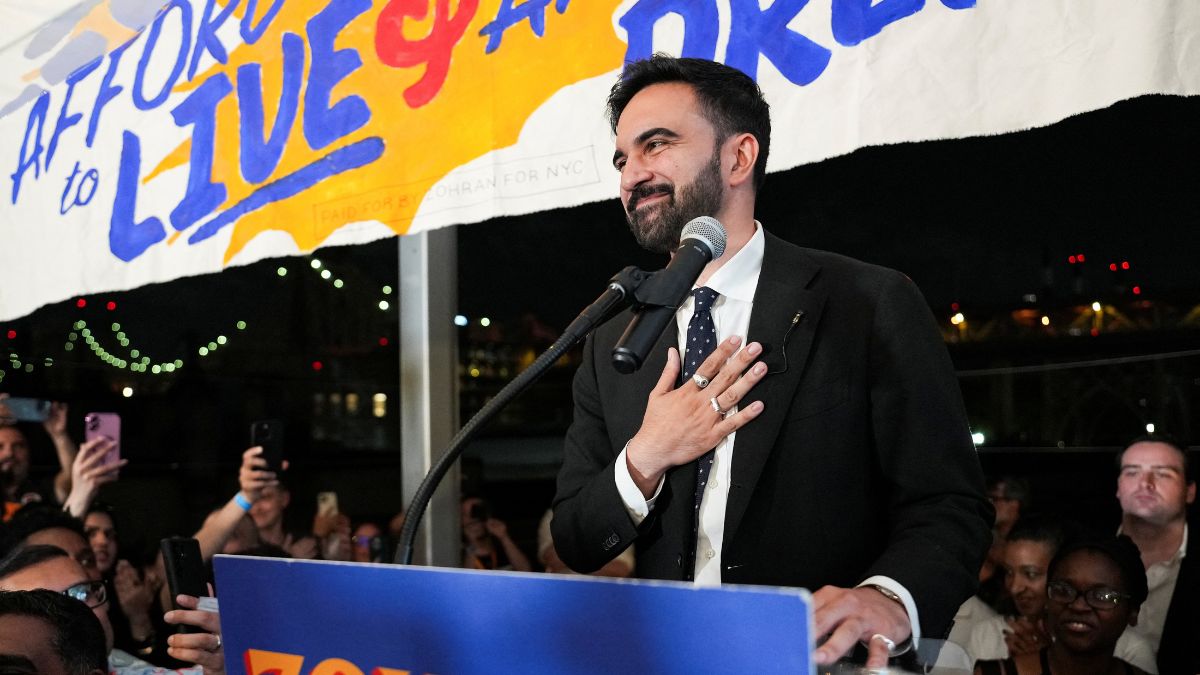)

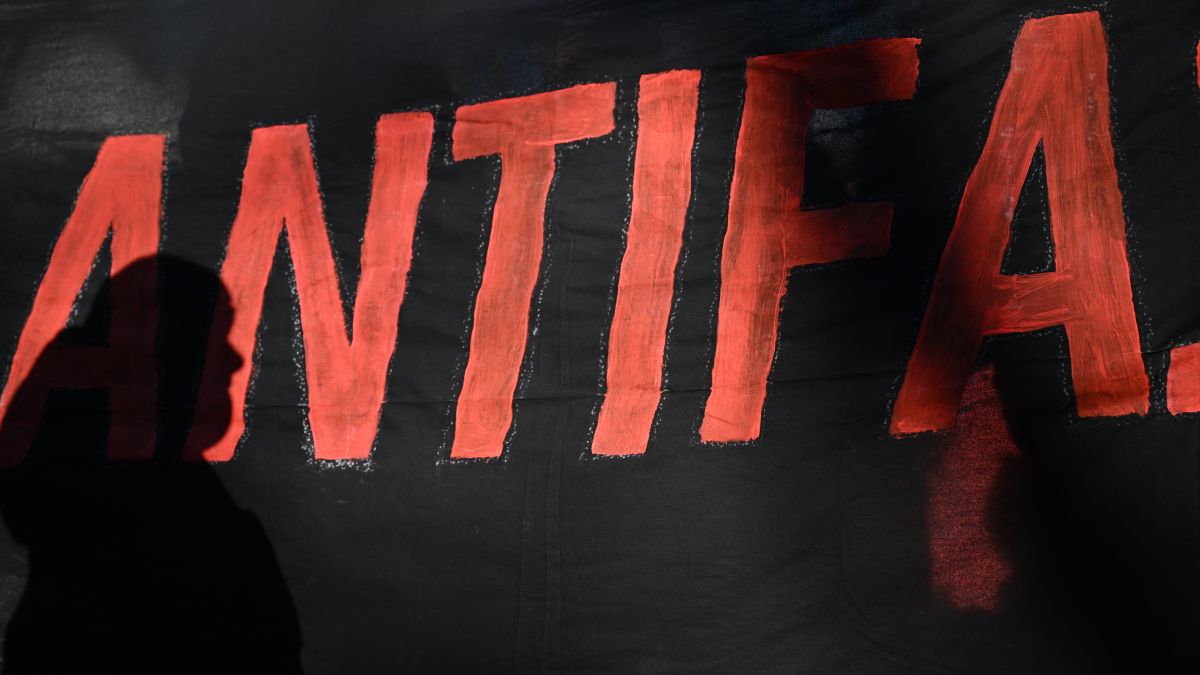)
)
)
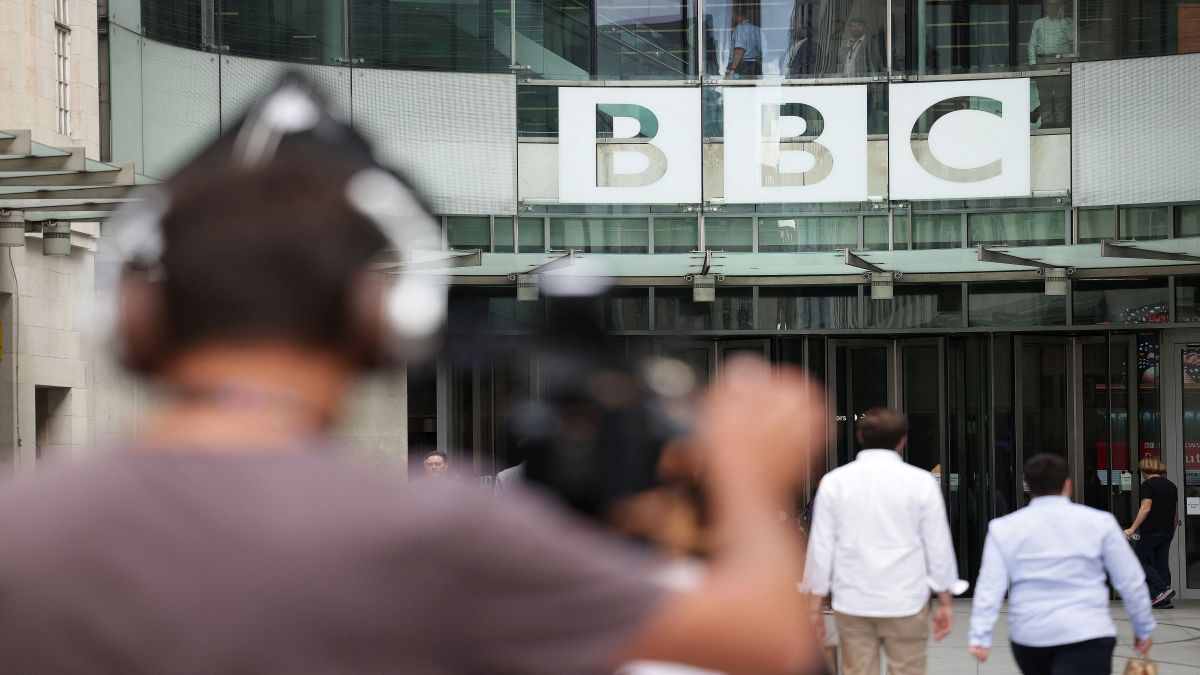)
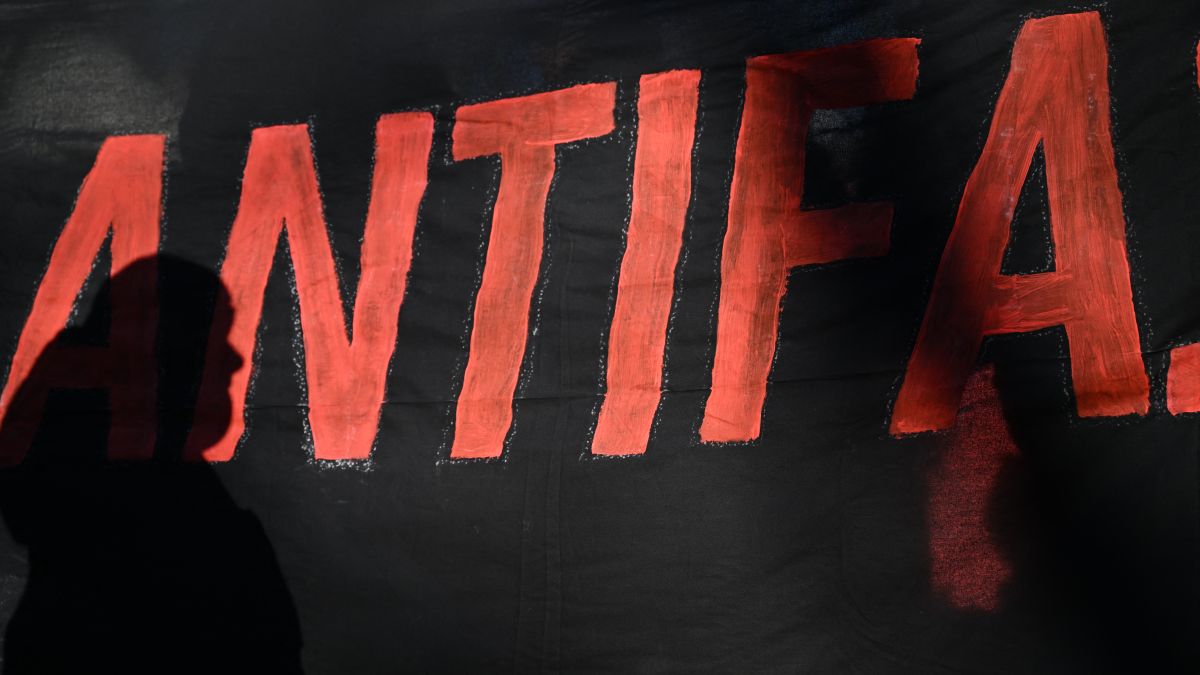)
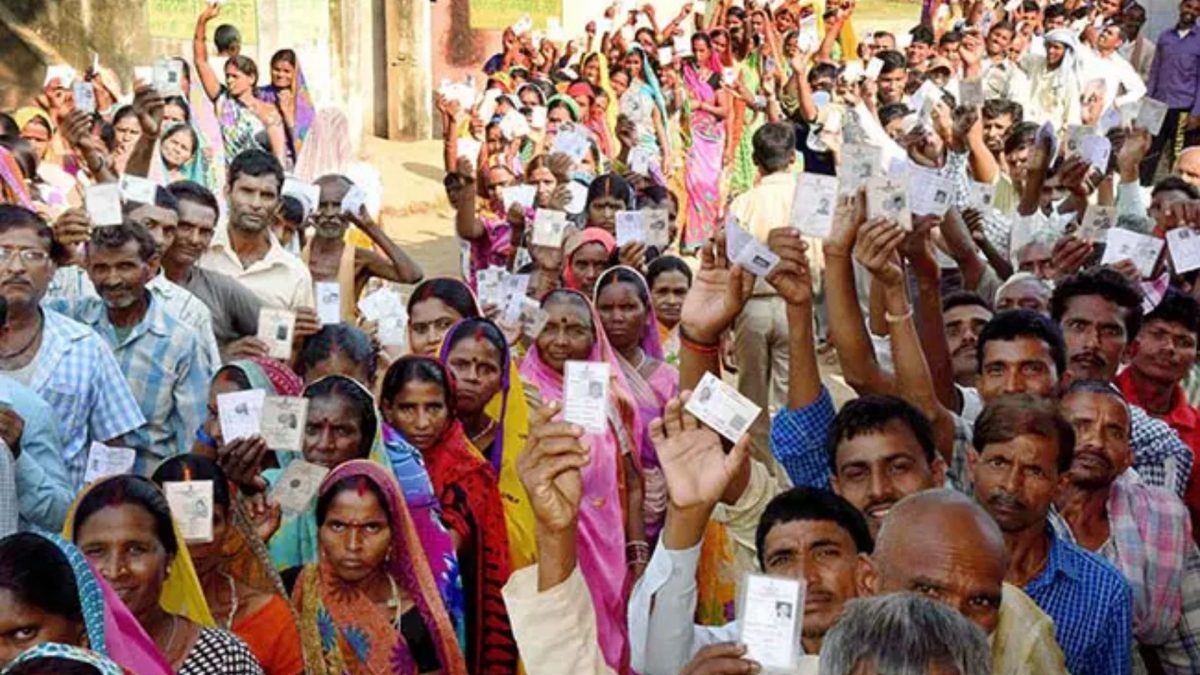)
)
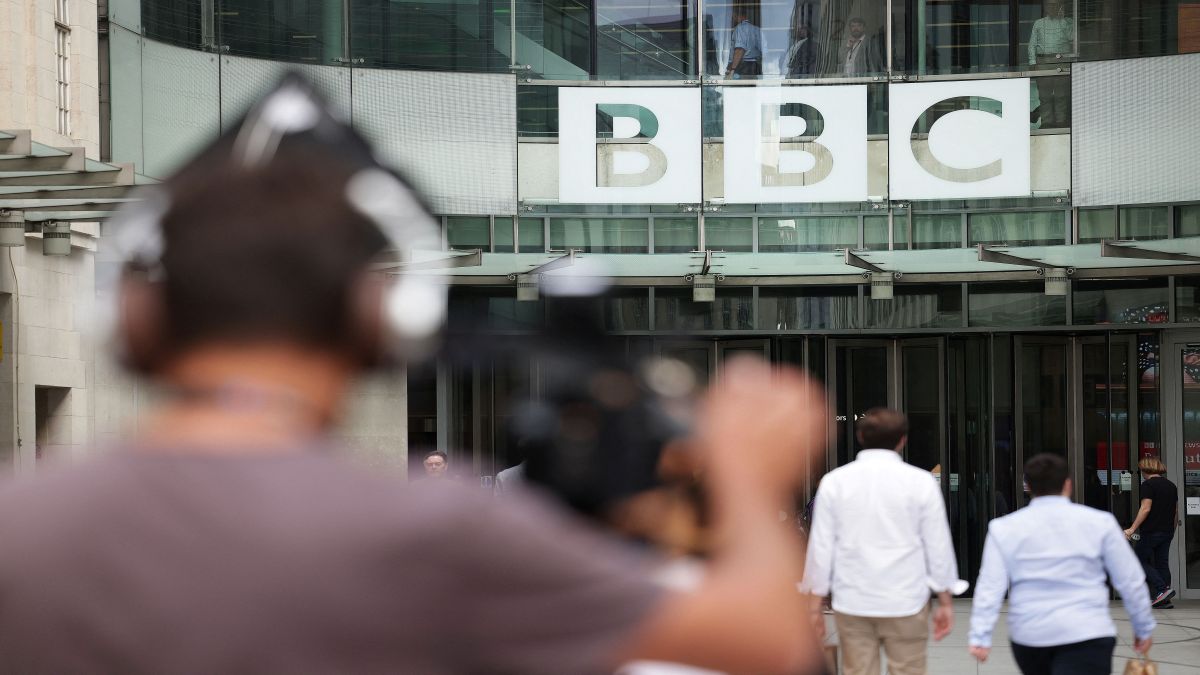)



